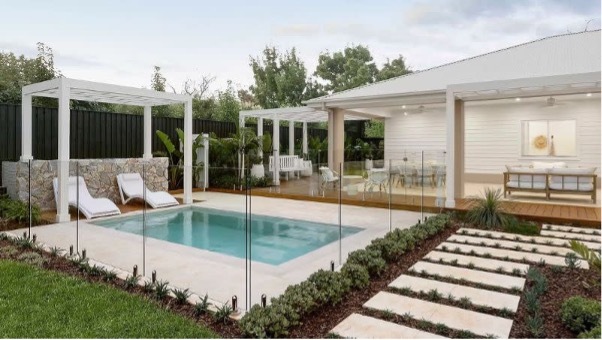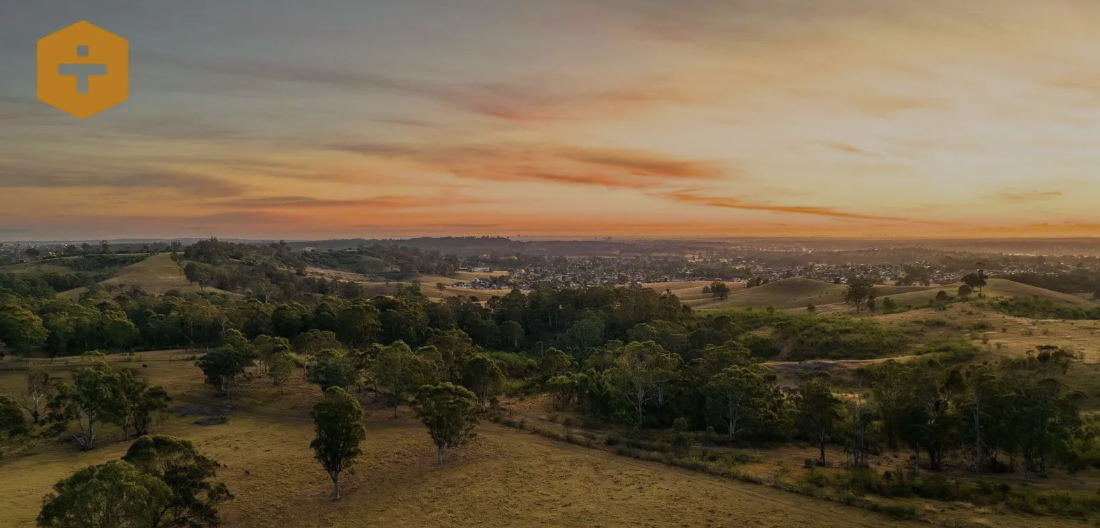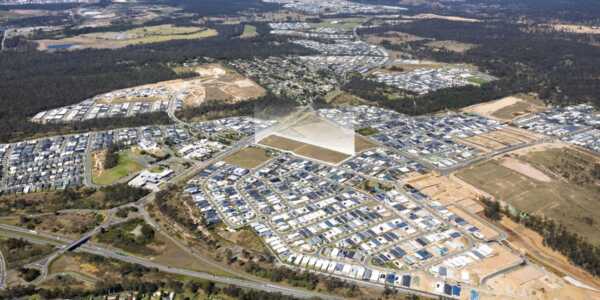Greenfield developers are taking a glass-half-full approach to the demands in the sector, according to leading industry figures.
“How many businesses in the world can say we have an excess number of buyers for our product, to the point where we cannot meet the market?” Legacy Property chief executive officer Matthew Hyder told The Urban Developer Sydney Residential Development Summit this month.
“Yes, it’s cyclical. Of course approvals are a nightmare in New South Wales. But if you’re a long-term developer and you have resilience and you’re well capitalised, I just cannot think of a better way to spend your time at the office.”
But pressures—from councils to rezoning, interest rates on buyers and builders, fuel costs and more—are clearly making an impact.
Data from the Australian Bureau of Statistics showed that in 2023 work started on just 163,285 new homes, marking a 10.5 per cent decline on the previous year. One of the biggest areas affected was new-build greenfield homes.
That’s not to say the end of greenfield is nigh, RPM group manager for research and data Michael Staedler says.
“There is a huge role that both detached housing and townhouses need to play across Sydney, because not everyone wants to live in apartments. We really have to have a diverse offering,” he says.
Changing buyer demographics
In NSW, the north-west and south-west of Greater Sydney are tracking upwards.
“[Infrastructure like that surrounding] Western Sydney Airport is a beacon for development and buyer appetite,” Staedler says.
Outside metropolitan areas, places such as Wollongong are experiencing “exceptionally high prices” given borrowing capacities. Newcastle, just two hours from Sydney, is faring a little better.
“There we have an affordable price point for first time buyers particularly to get into, and Newcastle is probably the one that’s been the most speedy through the market over a 12 month period. And that’s really due to the affordability equation.”
Sheargold managing director of communities Michael Sheargold says that the decline in first-time home buyers has been glaring.
“The first-time home buyer market is down dramatically due to the whole issue of getting finance, so our market is shifting towards upsizers and downsizers,” he says.
Hyder agrred, saying that this was not necessarily a bad thing—although it would have an impact on home prices overall as demand continues to skyrocket.
“[What this means is] that the upgrade market is very strong. As a developer, we were very excited, 45 per cent of our enquiries have been from the upgrader market and they can pay higher prices.”
But things are looking brighter in the first home buyer space too, says Staedler.
“We’re seeing a key level of stability come back into the market in the last few months,” he says.

The ABS says 23,597 new private houses commenced in the final quarter of 2023, a decline of 14.9 per cent on the same period the previous year.
“We expect that to continue in the next couple of months and then get a bit of a spike in July and August when the tax rates come in.”
Despite this potential return of confidence, something will have to give, and the consensus is that lot sizes have to change.
“Households are looking at their budget and saying what am I going to give up on, am I giving up on the extra bedroom and extra living space? Or am I going to give up on a bit of land? And that’s really where the market has shifted,” Staedler says.
AVJennings chief executive Phil Kearns says it’s a readjustment of expectations, for developer and buyer.
“Everyone would like a 600 sqm lot, but the reality is that’s not what people can afford, and you have to deliver what they are likely to be able to afford [based on] borrowing capacity.”
Challenges for developers
As Rise Projects recently found out, planning issues and dealing with councils, particularly in the regions, can be troublesome.
“I think councils get a lot of blame,” Hayder says.
“They deserve some to blame. But in a lot of ways it is the state referral agencies [that are holding things up].
“We have a site, 1222 homes in Penrith, where we have full agreement from the council and from the NSW Department of Planning, everyone involved, that this project is absolutely exactly what [the area] needs. We haven’t had one bit of objection the entire time.
“It still took five years and three months to get it rezoned.

Sheargold, founded in 1963 by Roy Sheargold, has worked on 70 projects across the southern half of NSW.
“The next five to 10 years is going to be a really good time for us if we can see some of these planning issues through ... the best areas to try and buy obviously, outskirts of Sydney, Melbourne, and Brisbane. And they’re the hardest places to buy. We’re just still being conservative with our capital, not rushing out to buy anything.”
Staedler says that the Australian dream is still in place “but it needs to be reimagined again.”
“The three or four-bedroom house on a 500 sqm block isn’t feasible, particularly in Sydney. It is a townhouse. It’s a small level product. It’s an apartment in Western Sydney.
“There’s no silver bullet. It’s social housing, affordable housing, it’s build-to-rent, it’s private and public collaboration that needs to be done.”
Author: Clare Burnett, The Urban Developer









